Mary
Mary
Mary, the third-largest city in Turkmenistan, serves as the regional capital and has inherited the legacy of the ancient city of Merv, located just 30 km to the east, which was the administrative hub of the oasis for centuries. Known for its distinct Soviet-era architecture, Mary features large administrative buildings and expansive gardens that create a unique urban landscape.
Positioned in a prominent cotton-growing region, the city thrives economically due to its agricultural output. With a population of approximately 120,000, Mary offers visitors opportunities to stroll along the scenic Murgab River, explore the regional museum, and indulge in local cuisine. The city boasts excellent transportation links and a variety of accommodation options. While Mary itself has limited attractions, it serves as a convenient base for exploring nearby ancient sites like Gonur and Merv, both rich in historical significance.
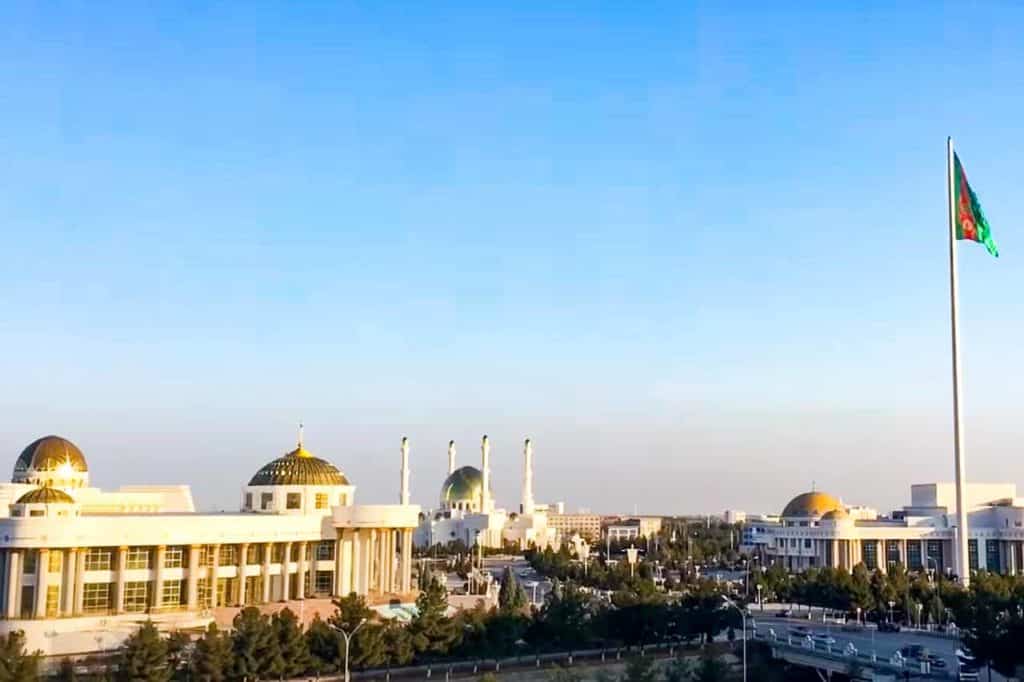
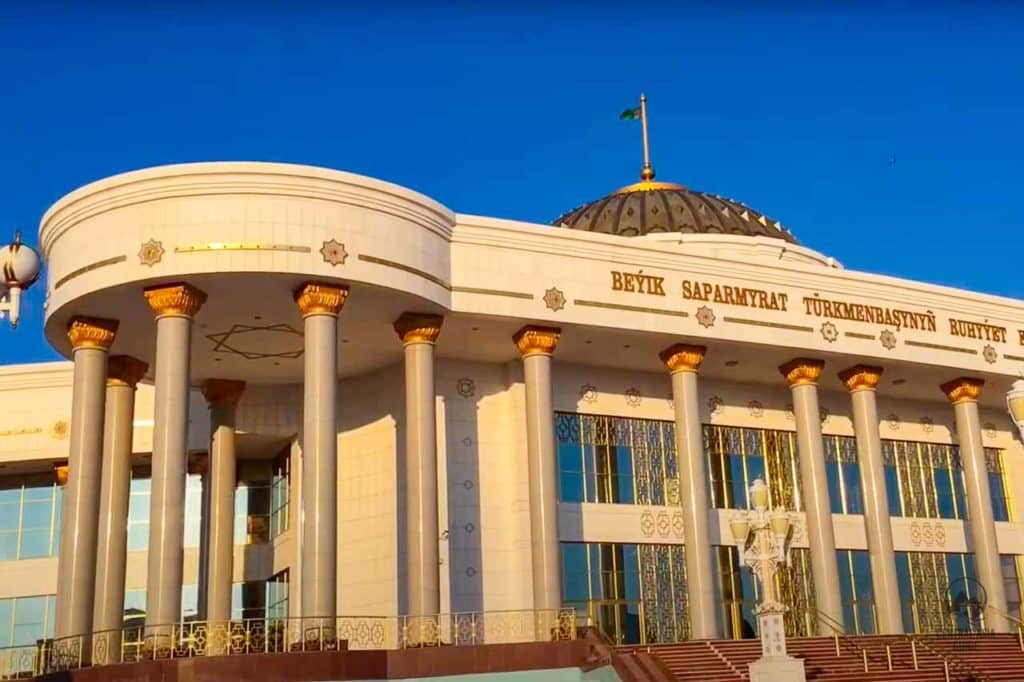
Mary History
In the modern era, Mary emerged during the Soviet period, inheriting the legacy of Merv and transforming into a crucial administrative center for the region. Known for its Soviet-era architecture and urban design, Mary developed as a prominent city focused on agriculture, particularly cotton production, benefiting from its position in one of Turkmenistan’s major cotton-growing areas. Today, Mary stands not only as a testament to the region’s ancient heritage but also as a vibrant city that continues to shape the socio-economic landscape of Turkmenistan, attracting visitors interested in its historical significance and cultural richness.
Mary Sights
Mary, Turkmenistan, is rich in historical and cultural attractions that draw visitors eager to explore its unique heritage. One of the most prominent sights is the ancient city of Merv, a UNESCO World Heritage Site, known for its impressive ruins and significance along the Silk Road. Here, visitors can explore the remnants of ancient palaces, mosques, and caravanserais, which showcase the architectural brilliance of bygone civilizations.
For those interested in more modern history, Mary features Soviet-era architecture, characterized by large administrative buildings and expansive public gardens that provide a glimpse into the city’s development during the Soviet period.
Mollanepes Street is the main street in Mary and features the dilapidated seven-story Hotel Sanjar and the central train station, which are situated in the heart of the Soviet built town. Southeast of Mollanepes, is the modern town, which is characterized by large, white marble buildings. There, visitors can explore the Zelyony Bazaar (Green Market) and the Murgab River. As you head towards Merv, you’ll see the enormous Turkmenbashi Hajji mosque and the new Mary Regional Museum building, which are located on the other side of the river.
Niyazov Central Park is situated on the eastern side of the Mary Regional Museum. A statue of Major General Yaqub Kulievich Kuliev, who died at Stalingrad, is located here. Beyond the statue is an amusement park with a rather shabby-looking Ferris wheel and a riverside pavilion filled with arcade games. A few meters away, is the October Cinema, which is one of the most prominent Soviet-era monuments still standing in Turkmenistan.
The War Memorial is a somber monument dedicated to those who died in World War II. It features a stylized stone flower with an eternal flame at its base, and male and female figures standing in front of it.
Visitors can enjoy scenic walks along the Murgab River, which not only offers beautiful views but also opportunities for leisure and relaxation. While the city itself has fewer attractions compared to nearby historical sites, Mary serves as an excellent base for exploring ancient cities like Gonur, known for its archaeological significance and fascinating ruins.
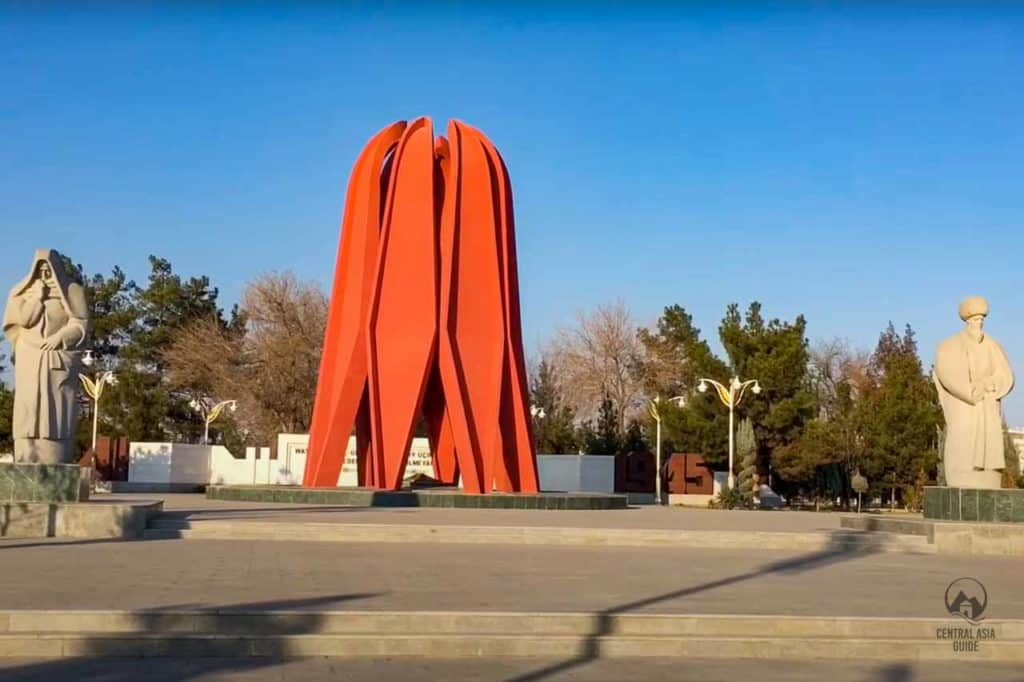

Mary Regional Museum of History
Mary Regional Museum is a notable attraction in Mary, here guests can delve into the region’s history through an extensive collection of artifacts, including ancient pottery, coins, and textiles. This museum offers insight into the rich cultural tapestry of the area and its evolution over time.
Previously the museum building was a 100-year-old mansion built by a Russian brick baron next to the river. However, a new white-marble palace was recently completed to house the museum next to the Hotel Margush. It is possibly Turkmenistan’s best museum outside Ashgabat, whose ground-floor archaeological displays present an excellent introduction to both Ancient Merv and the Bronze Age sites of the northern part of the oasis. A tour is included in the ticket price with some English-speaking guides also available.
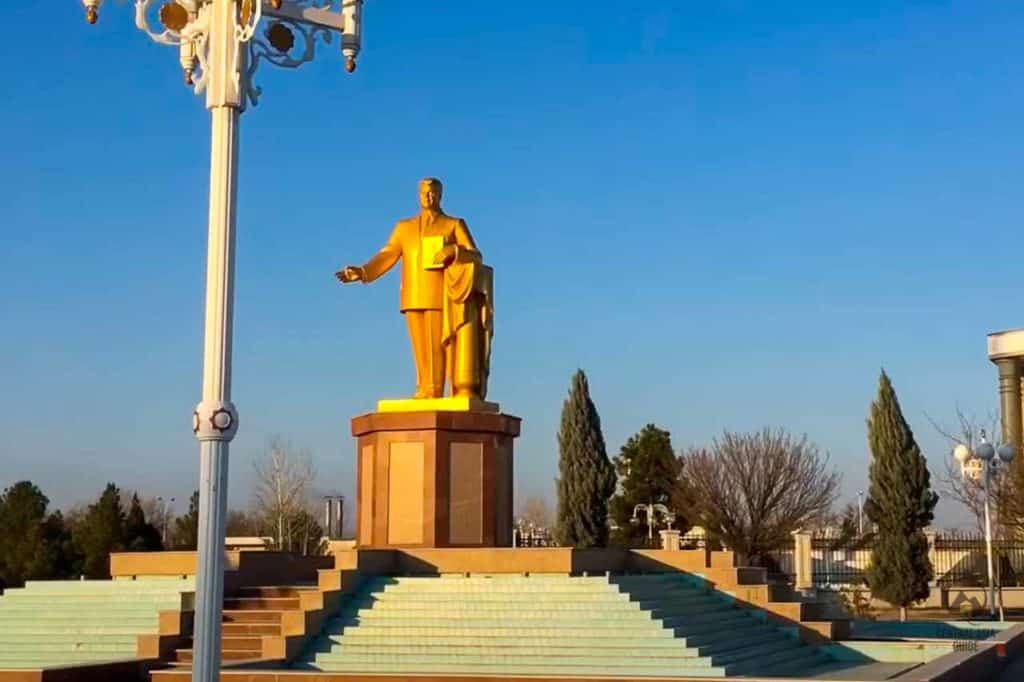
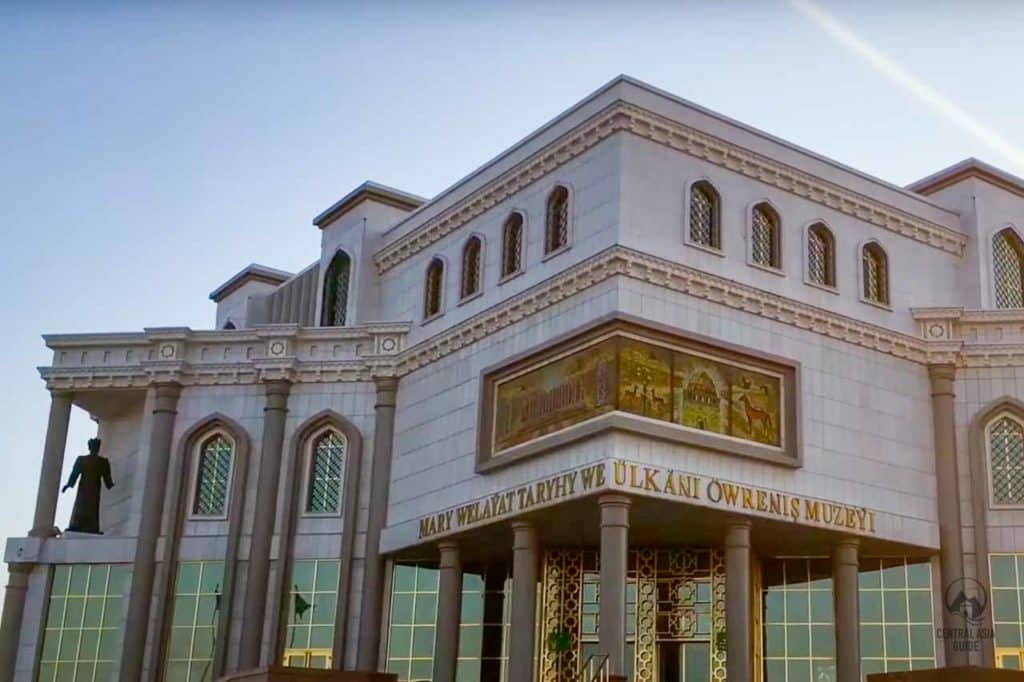
There’s a large ethnography section, including a vast collection of Turkmen jewelry, carpets, stuffed animals, a fully decorated yurt and pottery from the time of the Mongol occupation. But the best of all is the archaeological section, drawing together artifacts found at both Merv and Margush, including pottery, weapons, household implements and jewelry.
The excellent quality and design of household items from Margiana is striking and rivals the collection of the National Museum in Ashgabat. A skeleton of a Margiana priestess was once also on display, but a series of deaths and misfortunes among museum staff, persuaded them to have the original returned to where it was found.
Pokrovskaya Church (c. 1900) – A Historical and Architectural Landmark in Mary
The Pokrovskaya Church, also known as the Church of the Intercession of the Virgin Mary, is a significant historical and architectural site located in Turkmenistan. The church’s name references the Virgin Mary’s role as a protector, which is fitting for the military garrison that once guarded the city of Mary—a region that was under frequent threat from British and Afghan forces after it was seized by the Russian Empire in 1884.
The church was built around 1900, during a period when red brick architecture was becoming fashionable in Russia. The use of red brick was influenced by architectural movements in St. Petersburg and Moscow, where architects began experimenting with brick facades as a departure from the previous use of whitewashed or painted brick. In the sandy deserts of Russian Turkestan, where timber was scarce, brick was a natural material choice for construction.
The design of the Pokrovskaya Church incorporates alternating colors of red and white bricks, adding texture and vibrancy to its facades. The alternating colors of bricks in the arches and dental moldings create a lively and inviting appearance, while the white-painted cusped arches and gable porch enhance the visual appeal of the building.
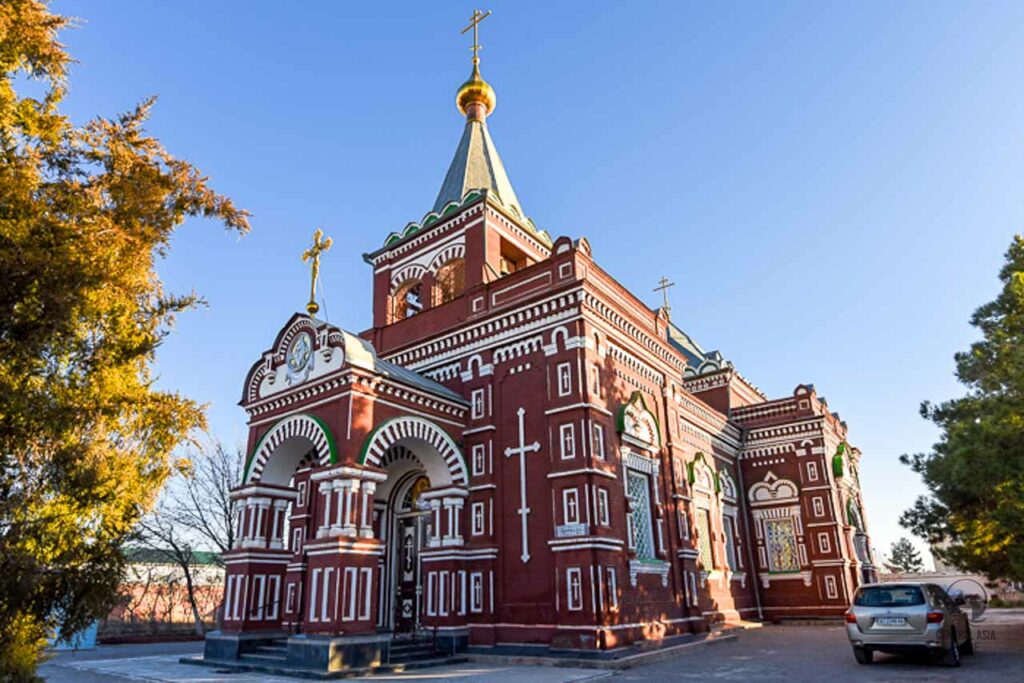

The church served an active religious role, with records of baptisms performed as early as 1917, indicating that it was in use at that time. However, following the Russian Revolution and the rise of the Soviet Union, religious freedoms were severely restricted. In the 1930s, the church was closed, its tower and cross dismantled, and the building repurposed as a club and later as a military warehouse. After World War II, the church was returned to its original religious function in 1947, although religious activities were still under tight control by the Soviet regime.
It wasn’t until the collapse of the Soviet Union in 1991 that religious freedoms were fully restored. In Turkmenistan, where Russian Orthodox Christianity represents about 3% of the population, the church was re-established as a place of worship. Since 1992, Archpriest Alexander Pereskokov has served as the head of the Pokrovskaya Church, overseeing its revival and continued religious activities.
Today, the Pokrovskaya Church stands as an important symbol of the region’s religious and architectural heritage. It is a testament to the resilience of the Christian community in Turkmenistan, having survived significant political and social upheavals. The church continues to attract visitors and remains a crucial part of the cultural and spiritual life for the Orthodox Christian population in the country.
Travel to Mary
Mary by Plane
From Ashgabat, there are two flights daily to Mary and the flight time is 40 minutes. Since one flight makes the round trip in the early morning, the second in the early evening so you can visit Mary on a day trip from Ashgabat.
The Mary airport is 8 km east of the center of town, off the road to Bayramaly. You can get to the city center by taxi that awaits the incoming flights.
Mary by Train
The railway station is a white-tiled building in the center of town. There trains head west to Ashgabat (7h – 8h the slow one 12h) daily. Two trains go east, through Turkmenabat (one to Atamurat, the other to Dashoguz(17h) and one south, to Serhetabat on the Afghan border. There is a further train to Turkmenabat (14h and slow train 17h), on Tuesdays only.
Mary by Bus / Taxi
There are three rides a day to/from Ashgabat, two to Serhetabat and two to Tejen, and much more regular service to Bayramaly (the first departing at 06.30, the last at 18.10). There is more activity open area immediately to the west of the bus terminal. There are various private vehicles departing from here and frequent departures of both minibusses and taxis for Ashgabat, Turkmenabat and Tejen, and options for most towns in the region.
The bus terminal is located next to a deserted-looking building from which the public buses depart.
Other sights and Destinations near Mary
Page updated 14.1.2024